If you’re looking for a guide on how to get started with Raspberry Pi robotics projects, you’ve come to the right place. In this article, we will answer some common questions and provide useful tips to help you get started. We’ll cover everything from choosing the right components to setting up your environment and writing your first program. So whether you’re a beginner or an experienced hobbyist, read on for all the information you need to create awesome Raspberry Pi robots!
Raspberry Pi and Its Benefits
First, it’s relatively cheap compared to other computers, making it accessible to all levels of users. The Raspberry Pi 3 Model B+ costs around $35 USD, while the latest model comes in at less than $100 USD. This makes it perfect for those looking to get into programming or creating projects on a budget.
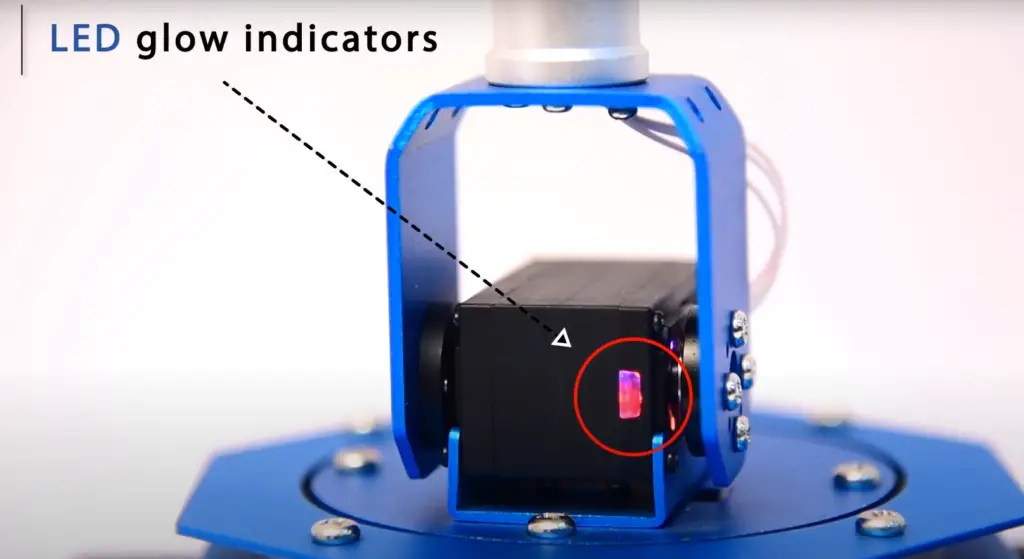
Next, the Raspberry Pi is very versatile when it comes to programming languages and development tools. It can be programmed using languages like Python, JavaScript, C++ and more — making it a great choice for both experienced coders and those just starting out. It also supports various operating systems including Ubuntu MATE, Raspbian Jessie with Pixel Desktop Environment as well as Windows 10 IoT Core.
Finally, thanks to its active community support—developers have easy access to tutorials, guides and other resources to help them get started. The Raspberry Pi foundation has also launched several initiatives including Code Club, Picademy and Astro Pi to help teach children how to code. This makes the Raspberry Pi an ideal platform for anyone interested in getting involved with coding or electronics projects. [1]
Is Raspberry Pi a Great Choice for Robotics?
Raspberry Pi is a great choice for robotics projects due to its low cost, wide range of capabilities, and open source nature. It can be used to create robots with complex behaviors or simple machines that can move around your home. It’s also easy to use for beginner developers as it supports several programming languages and has plenty of tutorials available online.
One major benefit of using Raspberry Pi for robot projects is its open source nature. There are many libraries available for free that can be used to create powerful and intricate robotic systems. Additionally, Raspberry Pi’s GPIO (General Purpose Input/Output) allows you to connect external devices like sensors or motors easily.
Another benefit of using Raspberry Pi for robotics projects is its wide range of connectivity options. It can be connected to Bluetooth, Wi-Fi, or even USB cable depending on your needs. It also supports several programming languages such as Python and C++, which makes it a good platform for beginner developers who want to get started in robotics quickly.
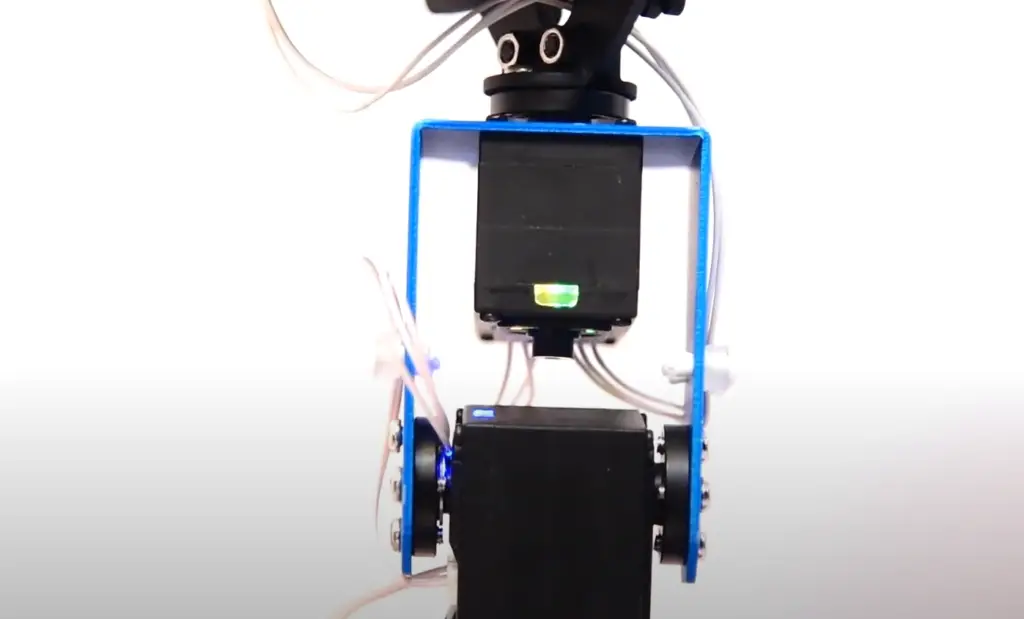
If you want to build a robot from scratch using Raspberry Pi, there are many resources available online such as books, videos, and forums where you can get help in getting started. Additionally, the large community behind the Raspberry Pi makes it easy to find help when needed.
Before deciding on what project to create, you will need to consider several factors.
Your budget
Your budget will be an important factor in deciding on a Raspberry Pi project. While the Raspberry Pi is relatively inexpensive, it can still add up depending on the type of project you plan to undertake.
When it comes to hardware, there are several options available ranging from basic components such as microSD cards and HDMI cables all the way to more advanced parts such as motor controllers and servo motors. Some projects may also require additional accessories like batteries, cameras or sensors.
Software-wise, many operating systems and development tools are free to use but some might require payment for certain features or services. Additionally, buying prebuilt kits can help speed up the process if you’re looking to get started quickly without having to source all the parts yourself.
Your experience
Your experience with coding, electronics and robotics will play a large part in your decision.
Once you have gained some familiarity with coding, you can move onto more advanced projects such as creating robots or interactive toys.
If you already have some experience in coding or robotics then there are plenty of possibilities available to you on the Raspberry Pi platform. You can create anything from home automation systems to robots for sports games — all which require varying levels of knowledge and skill. Consider what kind of project interests you the most and use your existing skills to build upon that idea. [2]
Best Raspberry Pi Robotics Projects
Now that you have a solid idea of how Raspberry Pi works, let’s explore some of the best projects you can create with it. In this section we will be discussing 3 different projects, each of which can be used to create an awesome robot.
A robot Buggy
A robot buggy is a great project for those interested in robotics, particularly when it comes to Raspberry Pi. It’s an extremely versatile platform that can be used to build anything from a small and simple robot car, to a complex and capable robotic crawler.
When building the buggy it will be important to decide what features you want it to have and how complicated you want the design. The basics of most all bots are the same, however: motors, wheels, some type of power source (or battery), and either an Arduino board or Raspberry Pi as the brain. After these basics are decided upon then other components such as sensors, lights etc., can be added if so desired.
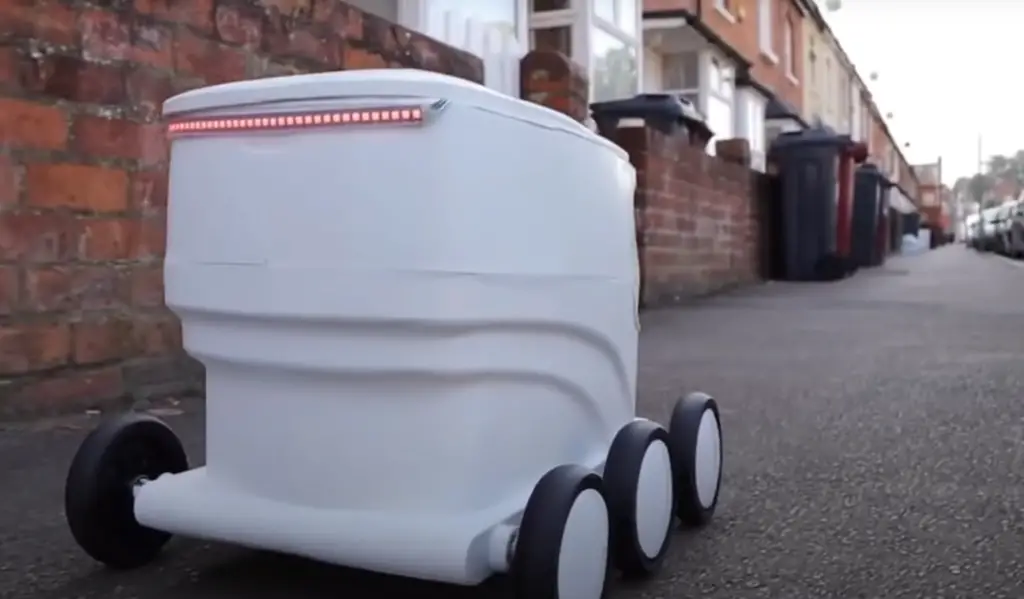
For a basic Buggy you will need:
- Raspberry Pi 3
- Motor controller board
- 2 × 3V – 6V DC motors
- 2 × wheels
- 1 × AA battery holder (for 4 AA batteries)
- 4 × AA batteries
- Ball caster
- Wire or jumper leads
- A USB Battery pack
- Screw driver
- Soldering iron and solder
- Wire strippers
- Small cardboard or plastic box and glue/tape
First of all, you will need to solder wires to the motors and the motor controller board, making sure to follow the correct polarity of each connection. This can be a bit tricky and time-consuming, so be sure to take extra precautions when handling the soldering iron and solder.
Once the wiring is complete, connect the motors to their respective pins on the motor controller board depending on its specific configuration. You will need to refer to the documentation of your specific board or consult a professional if you are uncertain of the pin numbers or wiring.
Make sure all screws are tight and that the circuit is complete before powering it on. To maximize the potential of these motors, you need more power than your Raspberry Pi can supply. That’s why you’ll use four AA batteries as a source of energy and take full advantage of their capabilities!
Now it’s time to wire the board to the Raspberry Pi. Connect the board to the Raspberry Pi using jumper wires and make sure to connect them in a way which matches your motor controller’s configuration. The board you’re using contains 4 pins labeled In1, In2, In3, and IN4 in addition to two GND pins. Any GPIO pin on your Pi can be used for this project; however, the ones we chose are GPIO 7, 8 , 9 and 10.
Keep in mind that some Raspberry Pi boards don’t have a GND pin, so if you’re using one of those boards make sure to use a female-to-male jumper wire for the GND connection.
Now this step is important – check which of your motors is the right motor and which is the left motor. At this step we will be defining the motors’ directions, so it is important to double check that you have the wiring correct.
The next step is to open the programming menu of your Raspberry Pi. You can do this by going to the Terminal and typing in the following code:
from gpiozero import Robot
robby = Robot(left=(7,8), right=(9,10))
Here we define the left motor as pins 7 and 8, and the right motor as pins 9 and 10. Be sure to save your file as we will add more code later!
Now enter the following code.
robby.forward(0.4)
robby.right(0.4)
This will make your robot move forward with a speed of 0.4 and then turn right with the same speed too. You can add more commands to make it do other things as well.
Now it’s time to take care of the forward and backward motion. To do this, we will use the following code:
robby.forward(0.4)
When your robot’s right-hand motor is spinning counterclockwise, change the configuration of its GPIO pins. To do this, all you have to do is switch the numbering order; for example:
e.g. change
robby = Robot(left=(9,10), right=(7,8))
to
robby = Robot(left=(9,10), right=(8,7))
Now it’s time to assemble your robotic Buggy! Glue or tape your motor controller board and Raspberry Pi to the cardboard box securely. Design doesn’t really matter, let your imagination flow. However, keep in mind that the chassis needs to house the Raspberry Pi, motor controller, and batteries.
It’s also worth keeping in mind the potential future place for sensors, cameras, and any other components you may choose to add in the future.
First, place your motors inside the chassis, with the wheels pointing outwards. Make sure they are firmly attached to the chassis using either glue or tape. Poke a hole in the chassis, this is where the motor’s axles will go through to connect the wheels.
Finally, you can now attach the wheels to the motors using screws for a secure connection. Then attach the ball caster to the rear of the chassis for better balance and mobility.
Now you need to power up your Raspberry Pi and motor controller board. Connect the batteries to your motor controller board, and make sure they are both firmly connected. Then plug in your Raspberry Pi to a power source and switch on the power button. Your robot should now be ready to go!
You can control your Pi either wired or wireless. If you chose the wired option, all you have to do is connect your Raspberry Pi to a computer with its USB cable.
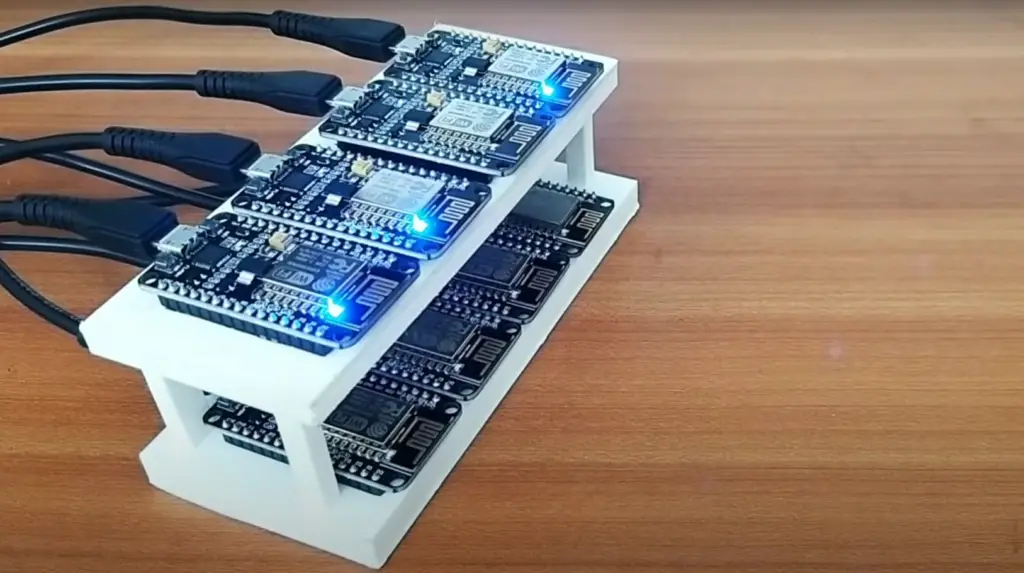
If you decide to go for the wireless option, then download an application like VNC Viewer and connect it to your robot’s IP address. Then open up the file where we wrote our code at the beginning and run the program. It’s completely up to you how you would like to control your robot.
For one, this code will make it move in squares:
from gpiozero import Robot
from time import sleep
robot = Robot(left = (7, 8), right = (9, 10))
while True:
robot.forward()
sleep(3)
robot.stop()
robot.right()
sleep(1)
robot.stop()
There are only five commands in the above code, and you can experiment with different commands to see what else your robot is capable of. Good luck!
Chess Robot Made With LEGO and Raspberry Pi
Building a chess robot with LEGO and Raspberry Pi is an ambitious but rewarding robotics project. It involves a lot of coding and hardware integration, but the result can be exciting!
The first step will be to create the physical chessboard. You’ll need LEGOs for this part, as they are easy to assemble and make good use of space while creating a sturdy base for your chess playing robot. As well as LEGO, for optimal performance you will require a table, camera, lighting system , keyboard, monitor and mouse.
You are free to build the robot however you want, but if you are confused, you can look up a variety of tutorials available online. You will need a grabber that will pick up pieces and move them, as well as an optical recognition system that will help the robot recognize which piece is where.
Once the physical part is done, you can move on to the coding side of things. The Raspberry Pi will be used as a base for your robotics project, with Python and OpenCV being the two main programming languages used in building this chess playing robot.
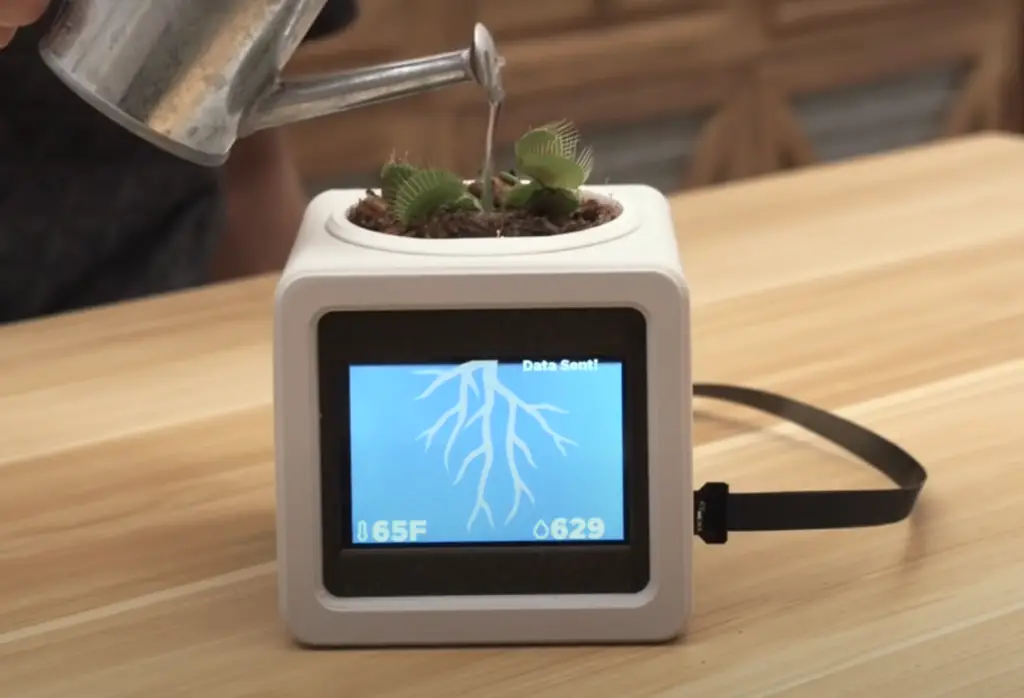
Dexter Industries supplies the necessary coding for controlling and maneuvering your EV3 motors, as well as other components. This code comes included with purchase of their BrickPi3 device.
Following the player’s move, a photograph is instantly taken; the program then crops and rotates the photo so that it perfectly displays the chessboard in its entirety. The images can have some distortion, but OpenCV can help remove this to make sure that the robot is able to make an accurate reading.
You will need to add to code conditions of actions after a human makes a move. If the robot is making the move, the program should take into account all the three possible moves a human opponent can make and calculate its response from that:
- An empty square
- A black piece of any kind
- A white piece of any kind.
Through the lens of chessboard squares, we can now look at this image. With the threshold value for empty versus occupied squares identified, we must now determine the color of pieces occupying those filled spaces.
Every white square has a minimum of means that is higher than the maximum in any black squares, allowing us to easily identify which pieces are occupied. With this info, we can pinpoint what move the human player made and complete our analysis – all with ease!
Now you will need to add lights, camera and set-up everything else. When you are done, the robot is ready to play chess. It will be able to recognize moves made by a human player and make its own right decisions based on that information.
Set-up a wide display and have your friends come over for a game of chess with your robot. It will be an exciting and rewarding experience! [3], [4]
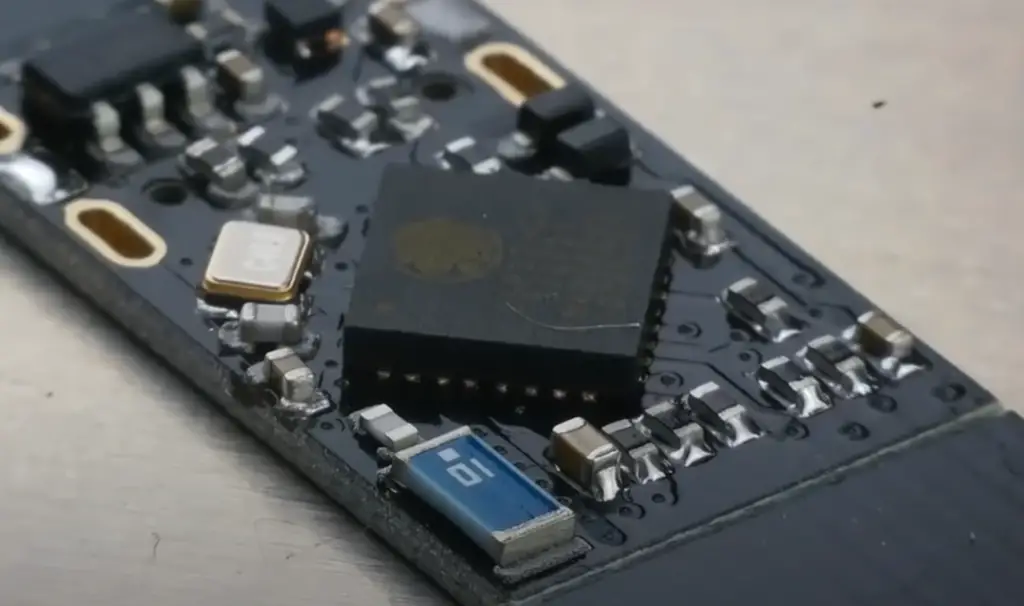
FAQ
Is Raspberry Pi beginner friendly?
Yes, Raspberry Pi is an excellent option for those who are new to robotics and electronics. Its small size and low cost make it very accessible to the novice user. Additionally, its GPIO pins allow users to easily connect sensors and motors directly onto the board without any extra circuitry or programming knowledge. This makes getting started with robotics projects much easier than traditional microcontrollers such as Arduino or BeagleBone Black.
For more experienced users, Raspberry Pi also provides a wide range of advanced features that can be used in more complex projects. These include Wi-Fi connectivity, support for multiple programming languages (including Python), access to hundreds of libraries, and powerful processing capabilities. All these features make it possible to create sophisticated robots with Raspberry Pi, allowing users to explore new areas of technology.
Can Raspberry Pi be used for robotics?
Yes, Raspberry Pi can be used for robotics projects. The Raspberry Pi is a highly capable and cost-effective microcomputer that can be used to power all kinds of robotics projects, including robots with artificial intelligence, autonomous vehicles (like drones or self-driving cars), and robotic arms. With its powerful processor and versatile GPIOs (General Purpose Input/Output) pins, it is capable of handling a variety of tasks such as reading data from sensors, controlling servo motors, and communicating with other devices over the internet. It also has built-in Wi-Fi connectivity which makes it perfect for wirelessly controlling robots or sending data from them back to your computer.
Is Raspberry Pi 4 good for robotics?
Yes, Raspberry Pi 4 is a great choice for robotics projects. The new processor offers up to four times the performance of its predecessors and can easily handle complex tasks such as image and video processing. It also has a wide range of I/O capabilities, including GPIO pins, SPI buses, UARTs, Ethernet ports, and more. This makes it well-suited for creating robots that interact with their environment via sensors and actuators. Furthermore, thanks to its compact size and low power consumption, you can easily integrate the Raspberry Pi 4 into your robot’s architecture without taking up too much space or exhausting your battery quickly.
That being said, the Raspberry Pi 4 isn’t the only microcontroller board suitable for robotics projects. Depending on the complexity of your project, other boards such as BeagleBone Black, or even single-board computers like the Nvidia Jetson Nano may be better suited for your needs. Ultimately, the best board to use will depend on your particular application and budget.
Can you make a humanoid robot using Raspberry Pi?
Yes, it is possible to use a Raspberry Pi to create a humanoid robot. The Raspberry Pi has the necessary computing power and IO pins that can be used to control motors and servos, allowing you to build a fully-functional robotic arm or even a walking robot. Additionally, the onboard Wi-Fi capabilities allow for wireless control of your robot.
To get started on your project, there are several kits available online that provide all the hardware components required as well as an assembly guide. If you’re feeling adventurous, you can also design and build your own bot from scratch using 3D printed parts and various sensors. Once built, programming the robot is relatively straightforward thanks to many open source libraries and frameworks such as ROS (Robot Operating System).
Useful Video: PiArm: The DIY Robotic Arm for Raspberry Pi
Conclusion
Raspberry Pi is a very popular and powerful tool for robotics projects. It provides a great platform for learning how to use code and electronics to create amazing projects. Raspberry Pi robotics can be used in many different ways, from creating autonomous robots all the way to programmable ones that respond to their environment. By understanding the basics of Raspberry Pi programming and the components needed to build your own robot, you can quickly get started on exciting projects.
In this article we have covered two interesting Raspberry Pi robotics projects. We started with a buggy robot that can navigate around, and then moved on to a robot that can play chess. With these two examples, you should now have some ideas of what is possible when building your own robot using Raspberry Pi.
No matter what your skill level is with coding or robotics, Raspberry Pi robotics provides an excellent opportunity to take it to the next level. With its fast processor, low cost, and wide range of possible applications, it’s easy to see why so many people are turning to this platform for interesting robotic projects. Whether you’re just getting started or already have a project in mind, the Raspberry Pi is an ideal way to get started. With some research and experimentation, you can build robots that are capable of performing amazing tasks.
Good luck on your Raspberry Pi robotics projects! We hope this guide has provided helpful information to help you get started. Thanks for reading and happy building!
References
- https://www.raspberrypi.org/help/what-%20is-a-raspberry-pi/
- https://all3dp.com/2/raspberry-pi-robot-project-kits/
- https://projects.raspberrypi.org/en/projects/build-a-buggy/1
- https://www.instructables.com/Build-a-Working-Chess-Robot-With-LEGO/





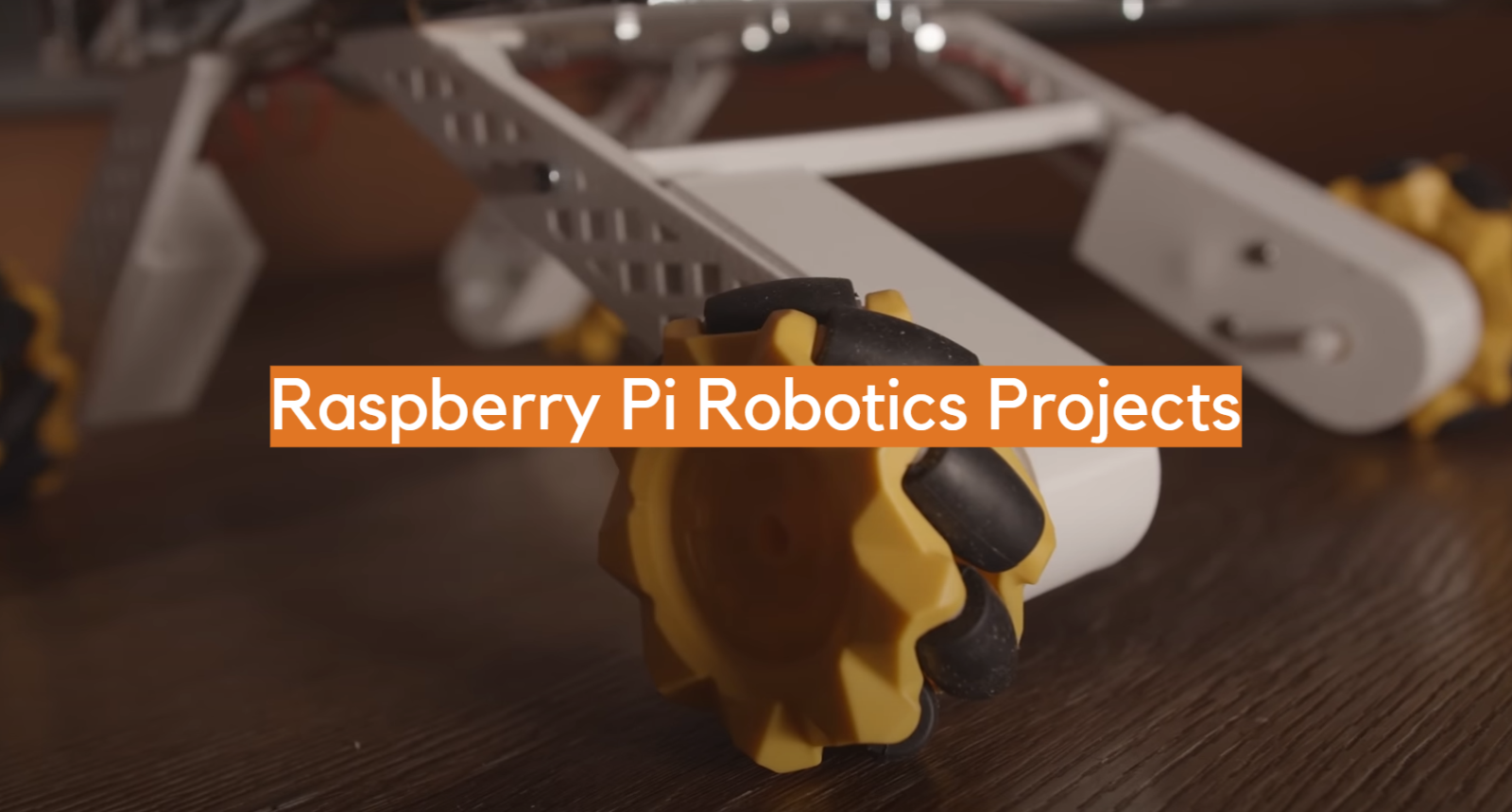







Leave a Reply